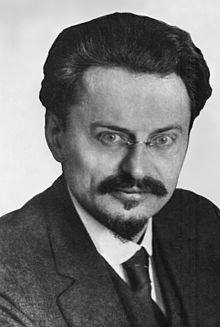According to official data from 2011, Russia had more than 160 cities with a population of over 100 thousand. residents. The capital city of Moscow is the only city had a population of over 10 million inhabitants; 12 cities with a population of 1 ÷ 5 million.; 23 cities with a population of 500 ÷ 1000 thousand.; and the rest of the towns with less than 500 thousand. residents.
For comparison, the number of cities in Russia according to different years.
| Year | Number of cities | Less 50 000 | 50 000 - 99 999 | 100 000 and more |
|---|
| 1926 | 461 | 404 | 37 | 20 |
| 1979 | 999 | 709 | 138 | 152 |
| 1989 | 1037 | 710 | 163 | 164 |
| 2002 | 1108 | 768 | 163 | 167 |
| 2004 | 1097 | 770 | 162 | 165 |
| 2007 | 1095 | 774 | 154 | 167 |


